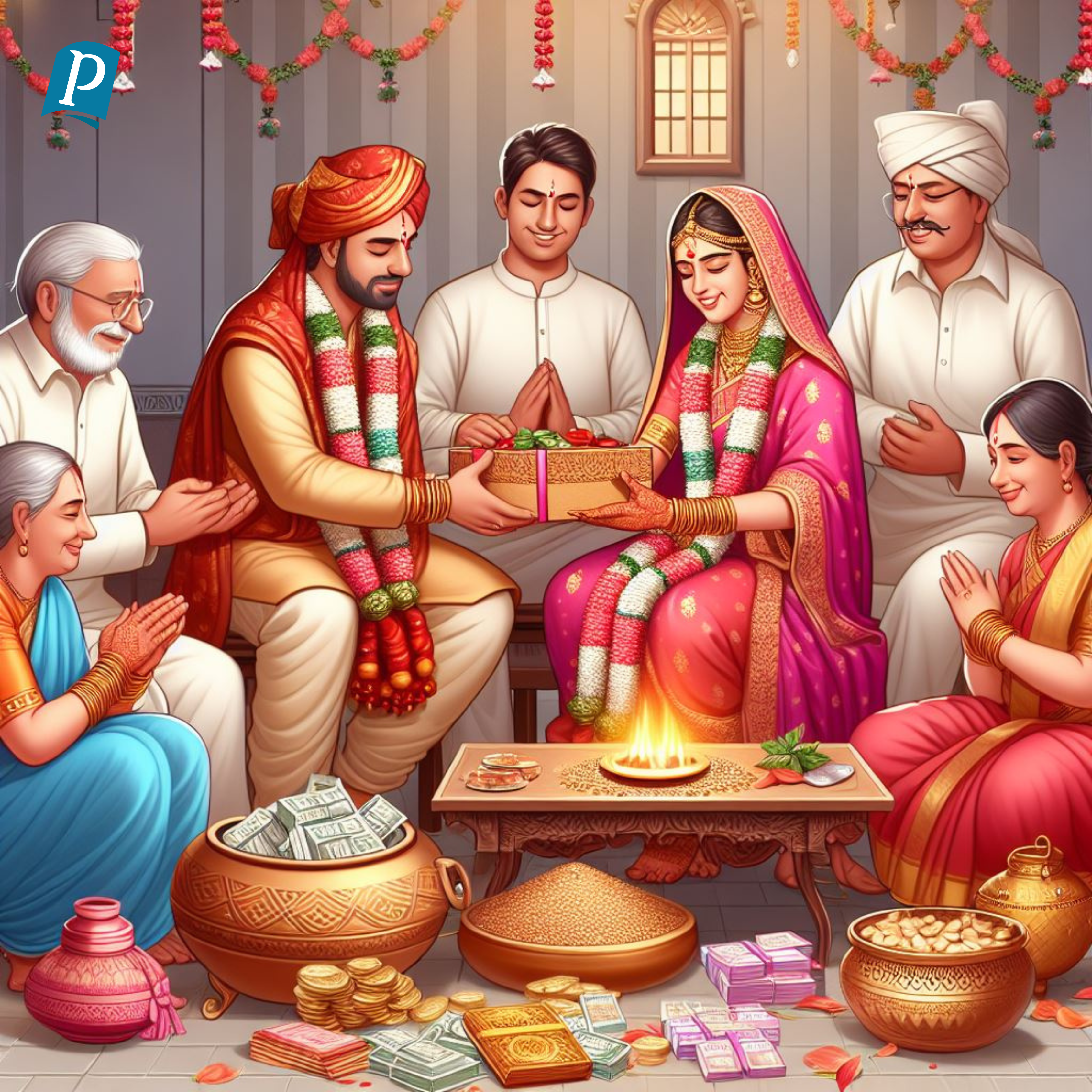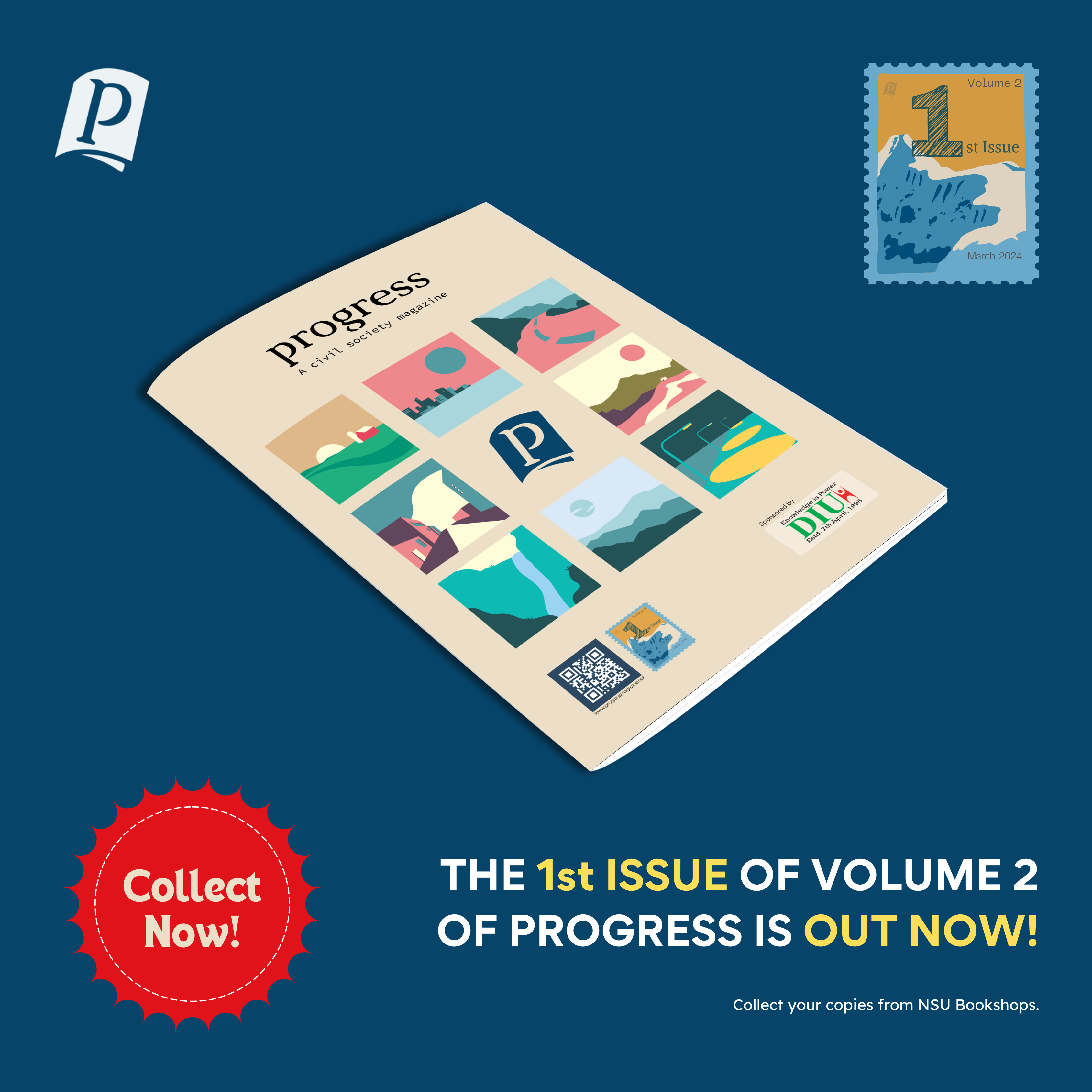A few days ago, I witnessed an unpleasant incident while attending a close relative’s wedding. The groom’s family demanded Tk 20 lakhs in cash and 30 bhori (1 bhori is equivalent to 11.66 grams) gold from the bride’s father as “stridhana”. Although the bride’s father paid for all the arrangements, but expressed his desire to pay Tk 10 lakhs post-marriage. The groom’s father kept threatening that he would halt the occasion, provided the payment was not cleared in full, prior to the ceremony. When I had the chance to briefly converse with the bride’s father in the middle of the chaos, he explained to me how it is a custom for any Hindu groom’s family to make demands as such, since a daughter in Hindu religion inherits nothing from her father. He seemed to have been convinced that it was not “dowry”, and that he would be “gifting” the amount, alongside the gold in favour of his daughter.
However, after many requests, the groom’s father agreed that the remaining amount of money be paid within 15 days of the marriage. Later, I learned that the bride’s father had taken a loan from the bank to pay for what is practically a dowry, simply in the name of stridhana. Since this experience, I have been trying to explore how such forced dowry demands of a groom and his family, circumvent the law as stridhana. I kept wondering what happened to the government’s actions, policies, and newly amended strict laws to stop the practice of dowry. I thought to myself – if my relative had to loan money, how many brides’ fathers might be left destitute, and how often are women in the Hindu society of Bangladesh made victims?
From the beginning of the 21st century, the Government of Bangladesh has been determined to eliminate the practice of dowry. Historically, it has been a societal tradition and often played a role in destroying the wealth of entire families. The scourge of dowry has spread to all parts of Bangladeshi culture and people suffer regularly because of it, even though, amongst policies and other awareness measures, dowry is completely prohibited under the Dowry Prohibition Act of 2018. Furthermore, the government is committed to empowering women to access rights and justice as enshrined in the Constitution of Bangladesh. But unfortunately, we still open newspapers and read mishaps related to dowry. The question is, what might be missing in the aforementioned regulation then? I believe that the practice is nothing short of a heinous crime and must be stopped at the root level. From my observation, it is not about the dowry prohibition laws; rather, the loopholes in household laws are responsible for the continuance of such culture.
According to Manu, one of the leading authorities (“Smritikars”) of Hindu Law, “A woman must be dependent upon her father in childhood, upon her husband in youth, and her sons in old age.” The text elucidates how stridhana property refers to properties that are given before the marriage ceremony, are presented during the wedding procession, and are received by women due to love and affection from their brothers and parents. A Hindu woman is supposed to have absolute control over her stridhana property – “Stri” means woman, and ‘dhan,’ means property. A woman with full ownership of such property can dispose of the property at her pleasure, during married life, and even in case of widowhood.
According to the text, at the time of marriage, a bride’s family might provide whatever they wish to gift her, voluntarily. However, in most marriages nowadays, grooms’ families tend to demand (or rather force, technically or otherwise) the other side to make gifts as per their demands – cars, full-furnished apartments, and gold are common, not only in rural areas but also in urban regions. In the name of stridhana, there is also noticeable competition within men in the community, over who can take more dowry from their brides’ ends. Such shameful actions suggest that Hindu women have become no less than commodities.
Also, there is significant doubt and uncertainty on whether most Hindu women actually get to keep their stridhana wealth in their possession and take care of such property themselves. The grooms and their families in reality have control of such, and it has unfortunately been normalized. Thus, it is clear that stridhana in Hindu law in this day and age is simply a medium to degrade, neglect, and dishonor Hindu women. They are also subject to torture from their grooms and their families for stridhana, just like in the thousands of cases of dowry in this part of the world.
The outdated Hindu rules and traditions in Bangladesh are responsible for the non-elimination of the practice of dowry. In this modern era, while it is the government’s responsibility to ensure women’s rights and protect them from oppression through laws, and since according to Article 27 of the Constitution of Bangladesh, all men and women are equal, allowing laws that make women vulnerable is unacceptable.












Important issues have emerged in the context of Bangladesh. I think the author has clearly illustrated the dowry system through practical examples.